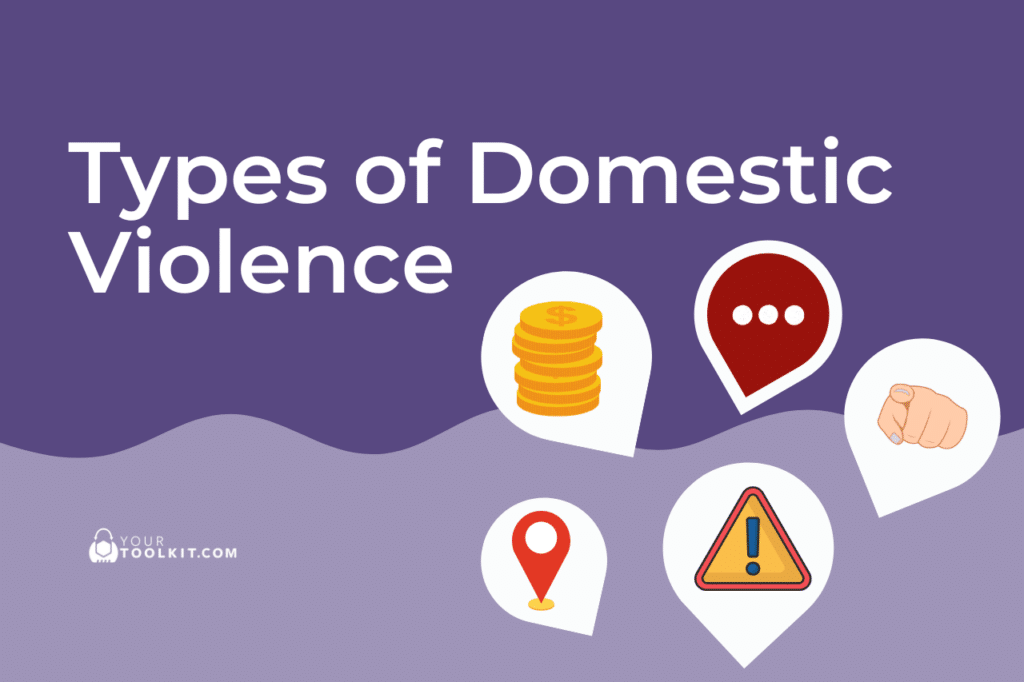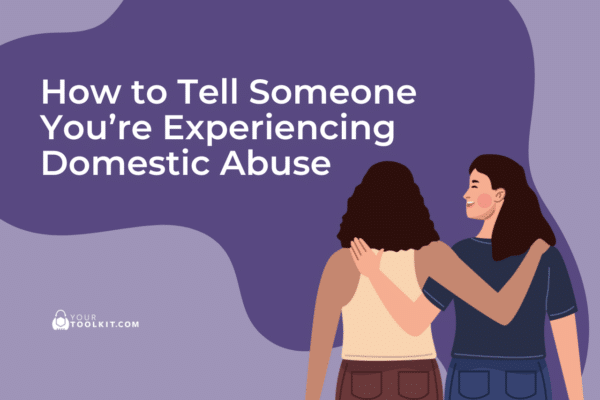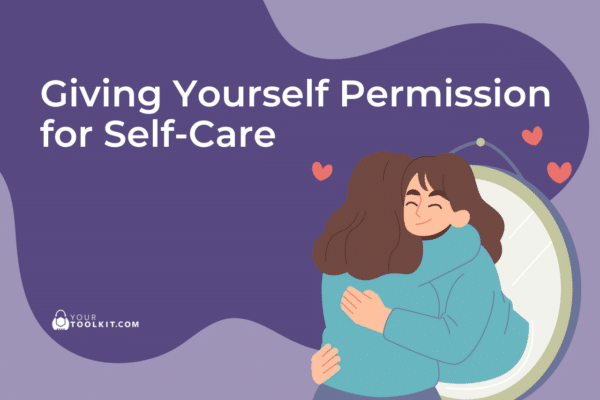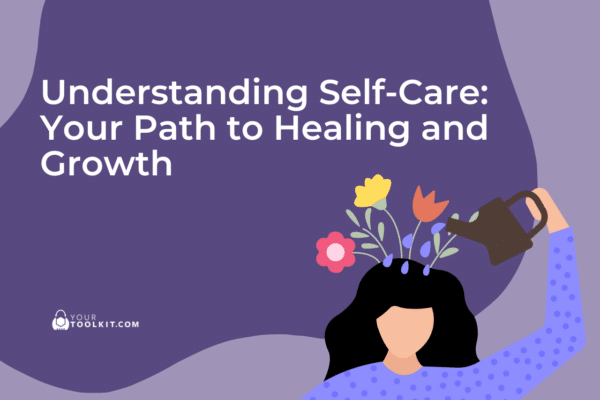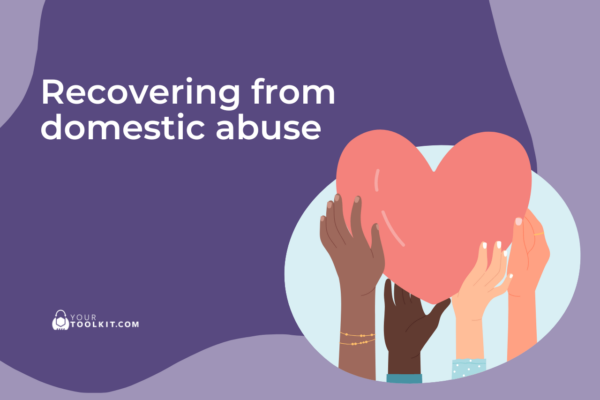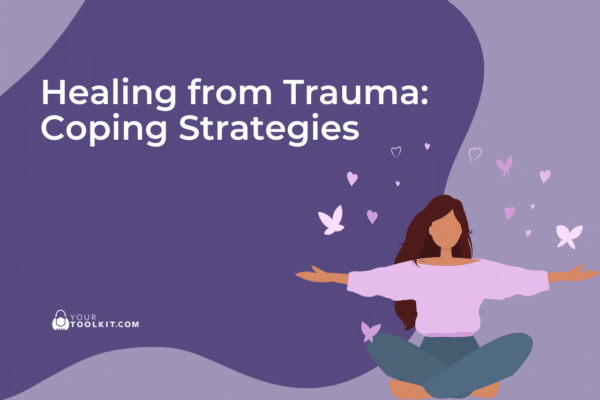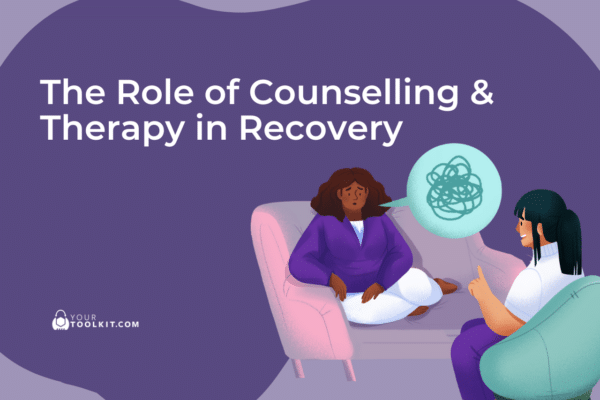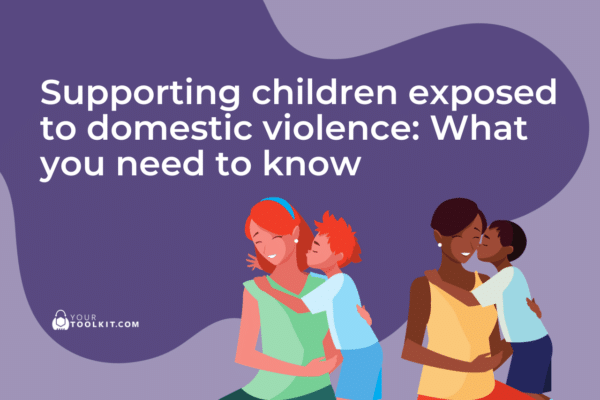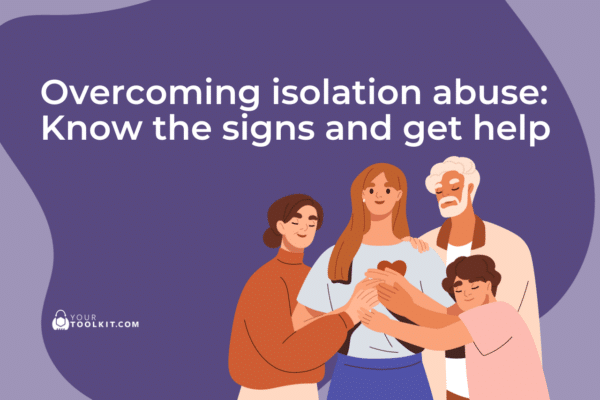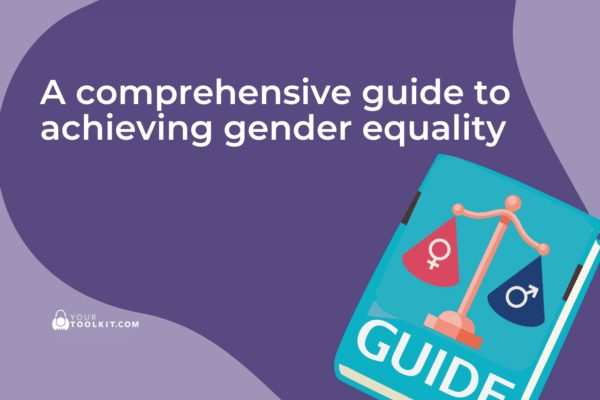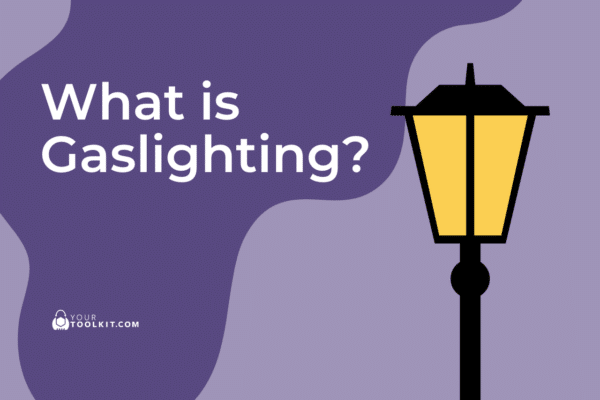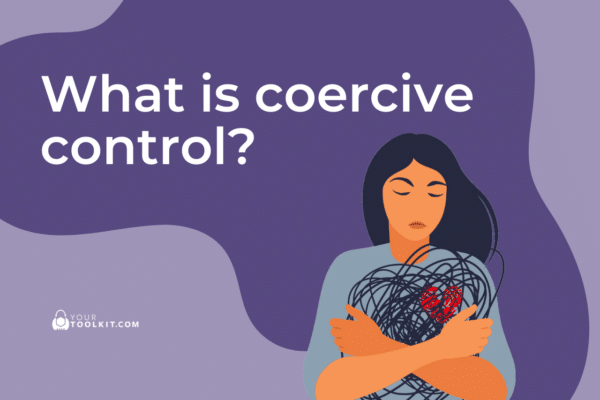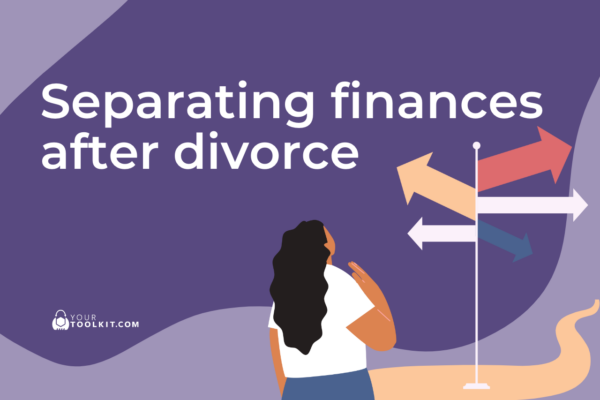When most people think of domestic violence, they often associate it with physical abuse, usually perpetrated by a male partner, resulting in physical injuries. Whilst this is true for the 10 women in Australia who are hospitalised every day on average due to injuries inflicted by their partner, there are other equally common but less talked about forms of abuse at play.
What is Domestic Violence?
Mission Australia defines domestic violence as behaviour between current or former intimate partners – where one partner tries to exert power and control over the other, usually through fear.
Domestic abuse can be physical, emotional, financial, sexual, social or spiritual. It includes behaviours that frighten, intimidate, terrorise, manipulate, hurt, humiliate, blame, injure, or wound someone, or otherwise seek to control them.
Anyone can be a victim of domestic violence, regardless of age, race, gender, sexual orientation, faith or class. However, some groups are more vulnerable, particularly:
- Aboriginal and Torres Strait Islander women
- Young women
- Pregnant women
- Women with disabilities
- Women experiencing financial difficulties
- Women and men who experienced abuse or witnessed domestic violence as children
What are the Types of Domestic Violence?
1. Physical Abuse
As well as hitting, punching or kicking, physical abuse can also include:
- Throwing objects
- Hurting pets, or others around you
- Physically restraining you
2. Psychological or Emotional Abuse
1 in 4 women over the age of 15 in Australia (23%) face emotional abuse from an intimate partner. The Australian Bureau of Statistics defines emotional abuse as “any abuse meant to cause emotional or mental harm that devalues a person’s self worth”, and is often suffered in silence when damage is not physical. Emotional or psychological abuse is repeated with the intent to control and cause emotional harm or fear.
Examples of emotional abuse includes:
- Controlling, or trying to control you from contacting friends or family
- Controlling, or keeping track of where you go or who you see
- Embarrassing you publicly
- Name calling
- Threats, including to harm or take away the children, other family members or any pets
- Ignoring you, or pretending you don’t exist
- Correcting you to make you feel foolish
- Scapegoating
- Any verbal behaviour that devalues you or makes you feel your safety is threatened
3. Financial Abuse
Also known as economic abuse, financial abuse involves limiting a person’s control over their own money to exert power over them.
Financial abusers may:
- Restrict access to bank accounts or money
- Control assets to make you feel trapped
- Monopolise your possessions to remove freedom, for example taking the keys to a car, to stop you from leaving.
- Stop you from getting a job
- Force you to take a loan that you don’t want
- Access money without permission
4. Sexual Abuse
More commonly understood, sexual abuse can be:
- Unwanted kissing or touching
- Threatening or pressuring you into unwanted sexual activity
- Refusing to use or restricting access to birth control
- Rape or attempted rape
- Genital assault, or mutilation
- Purposefully inflicting pain during sex
5. Social Abuse
Social abuse commonly occurs as a way to reduce the victim’s ability to speak out about their abuse to family and friends, or totally isolate them from a support network. Social abuse may be occurring if a partner:
- Moves you to a location where you don’t know anyone
- Disconnects you from the technology that allows you to interact with family or friends
- Bans family or friends from entering a house, or forbids you to leave
- Purposefully destroys others’ personal relationships with you
6. Spiritual Abuse
This includes the perpetrator using religion, or cultural traditions to justify abuse, or denying the victim access to practice their religious or spiritual beliefs.
If this sounds familiar to you, we encourage you to read more from Yourtoolkit.com, a free online resource that contains information about keeping safe, finding available support and services and personal money matters. You can start here. This information aims to prepare you to take back your independence, and make an informed, safe decision to stay or launch.
If you’re not experiencing domestic violence, thank you for educating yourself and becoming an ally. We encourage all supporters to share our content on social media, print our downloads for dispersion and most importantly #tell3 people what you’ve learnt. Family and domestic violence is often suffered in silence, so any effort to create an open discussion is an opportunity to support your family and friends, who might be going through something similar.
